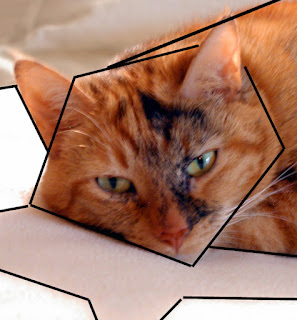Hi gang,
This week should be another enjoyable challenge. Of course, we’ve done classes based on memory paintings before, with variations on the theme, but this version seems to be one of the best. Familiarity helps, so if you want to use a photo you’ve painted many times before, or one you feel you know very well, that’s fine.
I want you to find a photo that you honestly think you can paint from memory. (Just to clarify, this is NOT a photograph of a painting but a resource photograph.) Spend some time before class thinking it through. Decide if there are things you want to remove and if so, crop or rearrange them as best you can ahead of time and print out the photo. Remember, this need not be a landscape. If you want to paint a still life, portrait, floral, or animal, anything is fine. It will help immensely if you have prepared ahead, giving you the freedom to spend ten minutes carefully studying the exact thing you want to paint. As you compose it, take time to think about the geography. Where on the page do the large shapes occur? Are there major divisions that you can easily measure?
For instance, in this photograph the major shape is the big diamond of the head:
Let’s take another example:
What is the major shape in this composition? I think it’s the large blue shadow. If I can reduce that shadow to a flat shape, and see exactly where it resides on the page, I’m on my way to composing a nice rendition of this photograph.
In both of these, however, I want to think about the major intersections of shapes:
- cat head/body/shadow/ground/background (I reduce it to seven shapes, if I ignore the ears for now)
- blue shadow/flowers/dark tree mass, sky, light tree mass (seven here, too, if I keep the sunspot one shape only)
I want to analyze where they go off the page, and what the distances between masses and the edge of the page, reducing it to lines alone. That will help me to think through the image, the paper, the proportions, and prepare to come into class with a sheet of paper that contains nothing (although it can be reclaimed), ready to memorize and paint from the photo.
Preparation such as this will help you paint on Thursday. However, you will start from scratch that day. No drawing ahead of time on the paper!
Please bring anything else you’re working on to class for us to see and critique.
See you Thursday!
Deborah





This is great Deborah. You are a fantastic teacher, I always learn so much from you! THANK YOU once again for your generosity and time, it is so appreciated!
ReplyDeleteJude M
Idaho
Thanks so much, Jude! Hope you have some fun with these ideas.
ReplyDelete